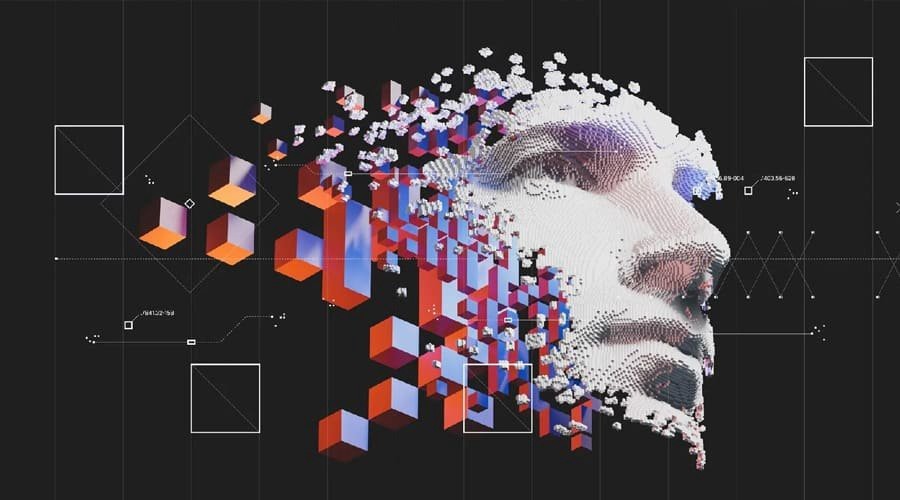
Innovating with Generative AI: Examples and Best Practices
Generative AI refers to a subfield of artificial intelligence (AI) that involves using machine learning algorithms to generate new content, such as images, music, and text. Unlike traditional AI, which is designed to learn from and replicate patterns in existing data, generative AI is programmed to create new and original content based on the patterns and structures it has learned from existing data.
Generative AI has a wide range of applications in various industries, including gaming, media and advertising, design and creative, and art. It can be used to automate and enhance creative processes, such as logo and graphic design, music composition, and game content creation. Generative AI can also be used to create personalized and targeted content for consumers, such as product recommendations and advertisements.
Generative AI is made possible through advances in machine learning algorithms, data processing capabilities, and computing power. Some of the most commonly used algorithms for generative AI include Variational Autoencoders (VAEs), Generative Adversarial Networks (GANs), and Recurrent Neural Networks (RNNs).
The generative AI market is expected to continue to grow as more businesses and industries recognize the benefits of using AI to automate and enhance creative processes. However, as with all emerging technologies, there are also concerns around the ethical and societal implications of generative AI, such as the potential for bias and the impact on employment in creative industries.
Request for Sample PDF: https://www.nextmsc.com/generative-ai-market/request-sample
The generative AI market is rapidly evolving, and several trends are emerging that are expected to shape its growth and development. Some of the significant trends in the generative AI market include:
The adoption of generative AI is growing across various industries, including gaming, media and advertising, design and creative, and art. This is due to the increasing demand for more personalized and targeted content, as well as the need for automation and efficiency in creative processes.
As machine learning algorithms continue to advance, generative AI is becoming more sophisticated and capable of generating increasingly realistic and complex content. This is driving the adoption of generative AI in various industries, as it can create new and innovative content that would be difficult or time-consuming for humans to produce.
领英推荐
There is a growing awareness of the ethical and societal implications of generative AI, such as the potential for bias and the impact on employment in creative industries. As a result, there is an increasing focus on developing ethical and transparent AI systems and ensuring that generative AI is used in a responsible and accountable manner.
Generative AI is increasingly being integrated with other technologies, such as virtual and augmented reality, to create more immersive and interactive experiences. For example, generative AI can be used to create realistic virtual environments or personalized virtual assistants.
With the increasing adoption of generative AI across various industries, there is a growing demand for platforms and tools that can help businesses and organizations create and deploy generative AI models. This has led to the emergence of a new generation of generative AI tools and platforms that are designed to be more user-friendly and accessible to non-technical users.
Overall, the generative AI market is expected to continue to grow and evolve as new applications and use cases emerge. As the technology becomes more sophisticated and capable, it has the potential to revolutionize the way we create and consume content, and transform industries such as gaming, media and advertising, and design and creative.
In conclusion, the generative AI market is a rapidly evolving and dynamic field that is transforming various industries, including gaming, media and advertising, design and creative, and art. Generative AI has the potential to automate and enhance creative processes, create more personalized and targeted content, and provide new and innovative experiences for consumers.
As the technology continues to advance, generative AI is becoming more sophisticated and capable of generating increasingly realistic and complex content. However, there are also concerns around the ethical and societal implications of generative AI, such as the potential for bias and the impact on employment in creative industries.
To address these concerns, there is a growing focus on developing ethical and transparent AI systems and ensuring that generative AI is used in a responsible and accountable manner. Additionally, as the demand for generative AI platforms and tools increases, new solutions are emerging that are designed to be more user-friendly and accessible to non-technical users.
Overall, the generative AI market is expected to continue to grow and evolve, as new applications and use cases emerge. As businesses and organizations recognize the benefits of using AI to automate and enhance creative processes, generative AI has the potential to revolutionize the way we create and consume content, and transform industries in the years to come.
Source: Next Move Strategy Consulting